Learning about learning
My neighbor Paul is a pretty smart guy so we managed to get it out of the car after a lot of pulling, pushing and shoving. He had a dolly to make it easy to get upstairs, which was a great idea until we got to the door. It didn't fit. HURDLE #2 - Getting it to where I needed itBeing the smart guy that he is, Paul suggested we bring it upstairs in pieces, so we began dissecting the box and its contents. Who knew that this puppy would have a GAJILLION pieces! Kudos to the engineers in charge of packaging though. Between the masonite stablilizers, and lots of styrofoam, they'd sandwiched something that covered most of my walkway into a 36"x40"x6"box. Hurdle #3 - Putting it all TogetherNow the fun begins. Putting it together. Easier said than done! It came with 5 pages of illustrated directions. All of the pieces were numbered with little stickers, and the numbers matched the diagram in the directions. Easy peasy, right? WRONG. One of the biggest challenges for me, beyond the fact that I was never the default-putter-together person in my house, is that I am a big-picture thinker, and I'm also an N, for iNtutive in Myers-Briggs speak. Here's what that is in a nutshell from the Myers-Briggs Foundation:
What does that mean? Well, if you examined my thinking as I was trying to piece this together, there was a lot of, "Oh! This must go here. And this goes there. This is the side, this is the other side." The directions, however, expected the user to be highly detail focused, with a bunch of experience with this kind of thing. It neglected to put in notes about things like being sure to put the drawer stoppers in the back. Sure, if you look at the picture, those little stoppers are drawn in, but I was paying attention to the rails that the drawers slide on. After putting on, taking off, turning around, then putting on 90% of the pieces, we come to the monster. The gold slider hinge thingy with the saw teeth, two arms and flippy ends. I fiddled for 45 minutes trying to figure out how this thing was supposed to go. There was no obvious answer since the pre-drilled holes matched both sides of the flippy things (Someone told me they are called flanges after the fact. Helpful. Now I know.). My first installation attempt wouldn't let the desk close flat, so that was clearly the wrong way. I tried and I tested other options and finally gave up. It was time for reinforcements. I went live on Facebook to ask for help. HURDLE #4 - When all else fails, ask for help
Five hours later, the desk was together. I was most grateful for the AC in the room and company of the pooch, who was content to nap nearby. I'm really pleased with how it came out, but more so what I learned about in doing this. SO What does this have to do with Learning?A lot, actually.
0 Comments
Leave a Reply. |
Jean Marrapodi
Teacher by training, learner by design. Archives
January 2018
Categories
All
|
Conference
|
Company
|
|
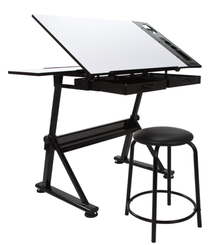
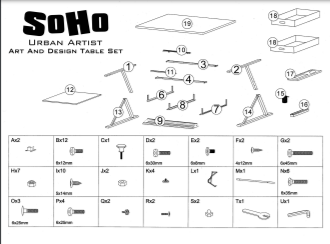
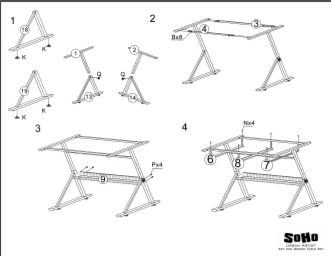
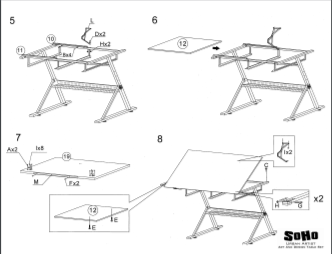
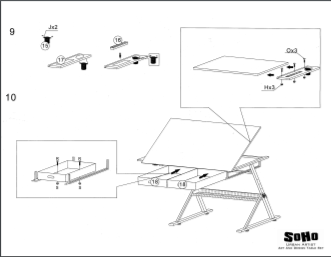



 RSS Feed
RSS Feed